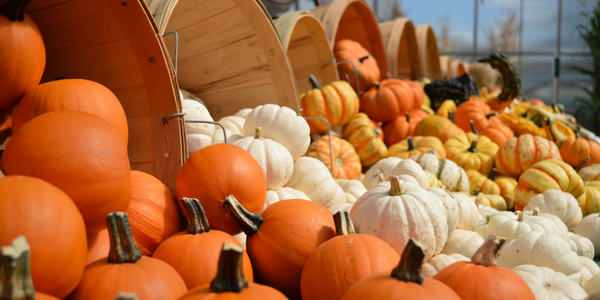California's urban and suburban areas are lottery regions for bee populations, but recent findings of alarming pesticide pollution in the golden state's urban waterways raise concerns about the health of the environment for earth's busiest pollinators.
Neonicotinoids or neonics, a prevalent class of insecticides made from nicotine that have previously been linked to bee die-offs, comprise the urban waterways throughout California. The California Department of Pesticide Regulation (CDPR) found concentrations of neonicotinoid imidacloprid to be well exceeding the EPA's highest levels for harm to marine ecosystems in the majority of California's urban water samples— 92% of Los Angeles, Orange, and San Diego County waterways and 58% of Placer, Sacramento, Santa Clara County, Alameda, and Contra Costa waterways.
Table of Contents
The neonicotinoid threat against the bee populations is, however, a recurring concern not just in California but across the United States.
Scientists, farmers, beekeepers, and organizations have time and again brought to light the danger of bee colonies collapsing owing to pesticide infestation. According to the Bee Informed Partnership survey, April 2020 to April 2021 accounted for the second-highest yearly bee loss rate, with beekeepers losing around 45.5% of their honey bee colonies. The survey also highlighted the decline of more than half of North America's native bee species.
Once upon a time, the bees' susceptibility to the neonicotinoid levels in the environment was thought to endure just when crops were in blossom. But recent studies have confirmed that neonicotinoids can kill bees, specifically by diminishing their reproductive ability (gradual damage over time rather than instant wipe-out). Further, the widespread use of so-called neonicotinoid insecticides has also made America's agricultural environment 48 times more deadly to honeybees and other insects than it was 25 years ago.
What Makes Neonicotinoids Harmful?
Neonics are systemic pesticides sprayed directly on the plant roots or coated on a plant seed. This implies the plant absorbs and grows with the pesticide, resulting in poisonous crop output. Unfortunately, that isn't the end of the problem. Only 2-5% of the neonics reach the target plant in the majority of seed coatings, with the remaining 95% ending up in the soil. The stronger persistence of pesticides in soil over animals and plants allows neonics to remain active for years, easily transporting over great distances through rain, irrigation, or erosion, further contaminating fresh soil, plant life, and water sources.
The result of today's extensive ecosystem contamination across U.S. farmlands and streams is owing to the heavy usage of neonics, and it isn't attacking just the bees. Other adverse effects neonics are causing include birth problems in white-tailed deer, fisheries collapsing, and avian losses, according to NDRC.
Neonicotinoids Problem in California
Imidacloprid is a neonicotinoid insecticide acting as an active component in 253 pesticide formulations authorized for use in California. DPR's study found imidacloprid specifically in Los Angeles County, including samples from the Dominguez Channel, Los Angeles River, Ballona Creek, Bouquet Creek, and Compton Creek.
Ben Grundy, a conservation associate with Environment California, said the number of urban streams contaminated with neonicotinoids was shocking and a reflection of the state's minimal bee conservation efforts. He added that California needs to improve this which is possible only with government law to limit pesticide use. Steve Blackledge, Conservation Program Director for Environment America, also expressed concern that bees aren't the only species vulnerable to neonic pesticides like imidacloprid— that it is harmful to land animals, aquatic wildlife, and humans as well.
Final Thoughts
While the eagerly awaited 'Save the Bees" bill (AB 2146), introduced by Assemblymember Rebecca Bauer-Kahan to end non-agricultural uses of neonicotinoid pesticides on gardens, lawns, and golf courses, unfortunately, did not pass the legislation, the importance of taking measures to protect bees from dangerous pesticides is taking greater form. Given the harmful risks neonicotinoids pose, the Department of Pesticide Reform (DPR) has now taken over to regulate neonicotinoids in agricultural activities.
Let's save our food and our pollinators by protecting bees from dangerous chemicals.
Related blog:





